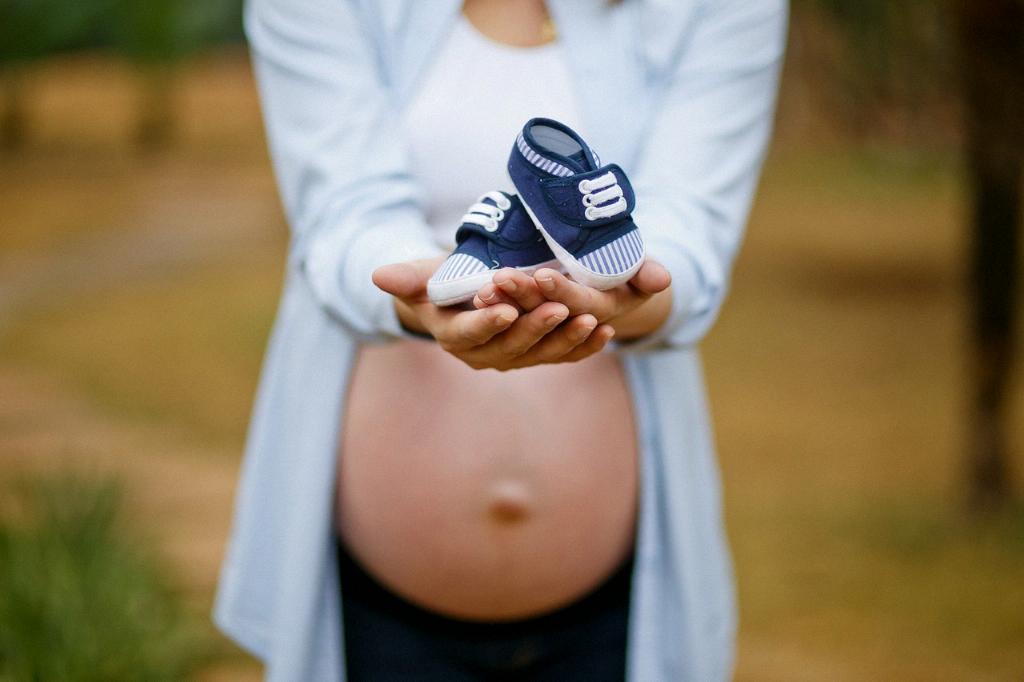Childbirth is a miraculous journey that can sometimes take unexpected turns, leading to complications such as bladder damage following a Cesarean section (C-section). A C-section is a surgical procedure in which a baby is delivered through incisions in the abdomen and uterus rather than through the natural birth canal. While generally considered safe, C-sections, like any surgery, carry risks, including potential damage to nearby organs such as the bladder.
Common Symptoms of Bladder Damage After C-section
Recognizing the signs of bladder damage after a C-section is crucial for prompt diagnosis and treatment. Some common symptoms indicating bladder injury post-C-section include hematuria (blood in the urine), oliguria (decreased urine output), lower abdominal pain, ileus (temporary paralysis of the intestines), ascites (abdominal swelling), peritonitis (inflammation of the abdominal lining), sepsis (life-threatening response to infection), fistula (abnormal connection between organs), and abnormal blood urea nitrogen/creatinine ratio.
Causes of Bladder Damage After C-section
Bladder damage during a C-section can occur due to various reasons, such as inadvertent surgical trauma to the bladder during incision, excessive manipulation of tissues, or inadequate closure of bladder incisions. Additionally, factors like previous abdominal surgeries, obesity, and complicated pregnancies may increase the risk of bladder injury during a C-section.
Diagnosis and Testing for Bladder Damage
Diagnosing bladder damage after a C-section typically involves a thorough physical examination, imaging studies like ultrasound or CT scans, and urine analysis to detect signs of blood or infection. In some cases, cystoscopy, a procedure allowing direct visualization of the bladder, may be necessary to confirm the extent of the injury.
Treatment Options for Bladder Damage Post C-section
The treatment approach for bladder damage following a C-section depends on the severity of the injury. Minor injuries may heal on their own with close monitoring, while more extensive damage might require surgical repair. In cases of infection or fistula formation, antibiotics or additional procedures may be needed to address complications.
Tips for Recovery and Prevention
Recovering from bladder damage after a C-section involves adequate rest, proper wound care, and following healthcare provider’s instructions for postoperative care. To prevent bladder injuries during C-sections, healthcare professionals should exercise caution during surgery, ensure proper patient positioning, and remain vigilant for any signs of organ damage throughout the procedure.
Conclusion
In conclusion, bladder damage can be a potential complication following a C-section, with symptoms ranging from urinary issues to serious infections. Recognizing these signs early, seeking prompt medical attention, and receiving appropriate treatment are essential for ensuring a full recovery and minimizing long-term consequences. By understanding the risks, causes, symptoms, and treatment options associated with bladder damage post-C-section, both patients and healthcare providers can work together to promote safe and successful deliveries.

